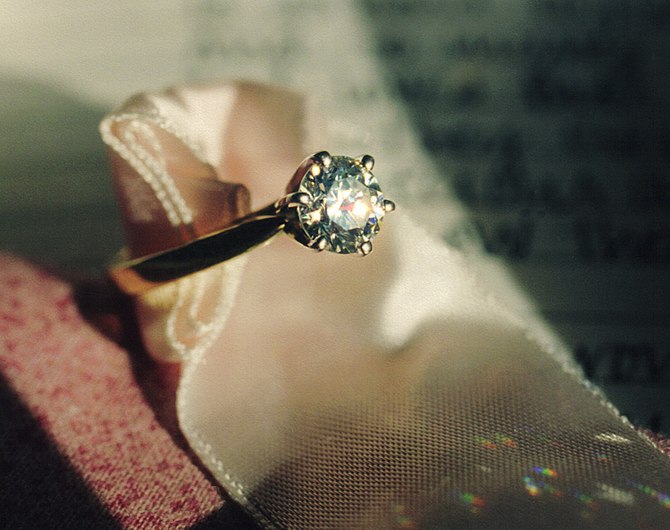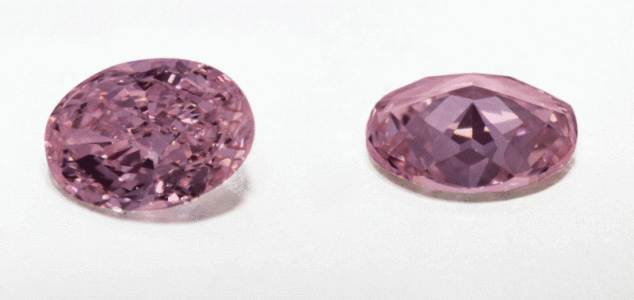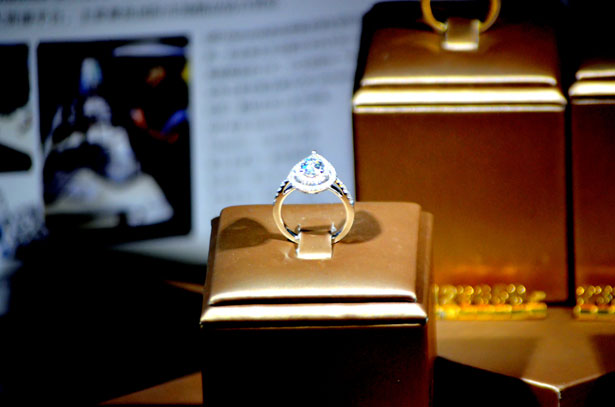Over the last decades, Americans started to take much more interest in antiques in general and especially in antique jewelry. But, before you start digging through your grandmother’s old chest eager to find some unusual treasures, take a step back and be realistic.
If you want to put a price tag on antique jewelry, it’s most likely you won’t be able to, without the help of an expert, and here’s why: you’ll probably end up setting a much bigger price than what your jewelry is actually worth, or even worse you’ll end up throwing away genuine valuable pieces, because you don’t have the knowledge and experience to identify them.
Especially unexperienced antique jewelry owners should avoid the common pitfalls of this trade, by following some simple guidelines that helps them not to get ripped off.
Don’t sell to the appraiser!
This is the first and most important rule. Don’t sell antique jewelry to the dealer, or auction house or jeweler who’s appraising it. If a person is interested in buyong your jewelry, than you can be certain they will try it to get it at the lowest possible price. If you do go to a certified appraiser, be careful thou, because some of them will offer to buy your jewelry and this could create a conflict of interest. The best way is to get an appraisal from an independent appraiser, but be careful who you choose. If an appraiser charges you a percentage of your property’s value, find another one, because you can’t be certain your jewelry won’t be over evaluated, just to get a higher commission.
Internet appraisals are not accurate
Although no one says you can’t find plenty of information on the internet, an accurate appraisal can only be done by a specialist who is able to see and handle the jewelry. Pictures and descriptions do help a lot, but you can’t rely on merely opinions. And while it’s great you do your own research, to find out what you might be dealing with, it doesn’t mean that diamond ring you found in an old jewelry box is a real diamond.
Get recommendations
If you don’t know which appraiser to choose, it’s very easy to search for recommendations online. It also helps to ask around at bank managers or lawyers, because they have to deal with jewelry appraisals all the time in their line of work.
Ask before you choose
Get an estimate of the costs and how much will it take for the appraisal to be completed. Some appraisers are just very busy and you’ll have to wait even a month for the appraisal. If you’re in a hurry or have some sort of deadline, than this is something you need to think about.
Decide what you’ll do with the jewelry
Antique jewelry could be part of your own collection, you might want to sell, or it has sentimental value for you and you just want to know if it’s worth something to insure it. Make it clear for the appraiser how you want to use the jewelry. If the jewelry is for selling, the appraiser will look at the fair market value, meaning a price that is less than what retailers would sell it for. If you insure a piece of antique jewelry, the appraiser will establish the replacement value, using similar items as guiding. Usually, the appraised fair market value is lower than the value for insurance.
Don’t fix it!
If you have broken jewelry or scratched pieces, you’ll be tempted to fix it. Don’t do this on your own before you get a proper appraisal. You might even reduce the value of a piece next to nothing if you do a “repairing” on your own. Better have an expert look at it and then you’ll probably receive counseling regarding craftsmen or other places where you can get high-quality repairs.
Get appraisals in writing
Although this seems like something obvious, many people get fooled and even pay for verbal “appraisals”. An appraisal report should include the reason why the appraisal was asked, the methods that were used to determine the value of the jewelry and detailed descriptions. You should also get a clear statement of an item’s worth, not just an estimate.
Renew old appraisals
Especially on the antiques market, things are constantly changing. Even in this market, there are trends or times when the market is oversaturated with certain pieces and the prices are lower. That’s why appraisals should be done every 3 or 5 years.
If you want to have your antique jewelry appraised, our team of professional appraisers and qualified gemologists is ready to provide assistance in different type of appraisals, according to your needs. Just schedule an appointment and we’ll take care of the rest!
Photo credit: Pixabay.com, user: JamesDeMer




